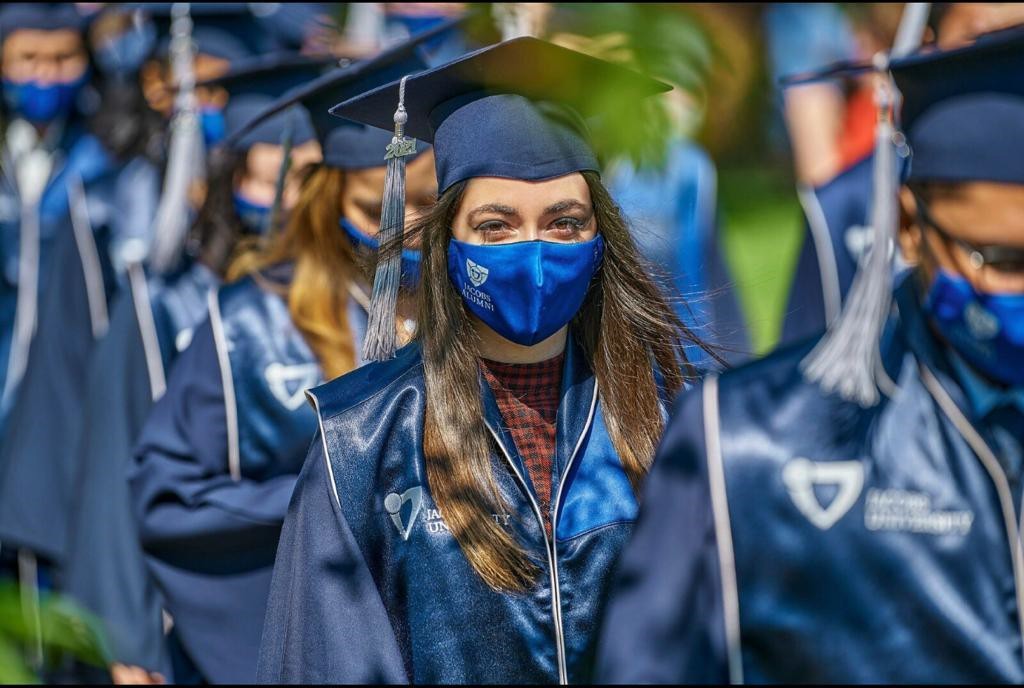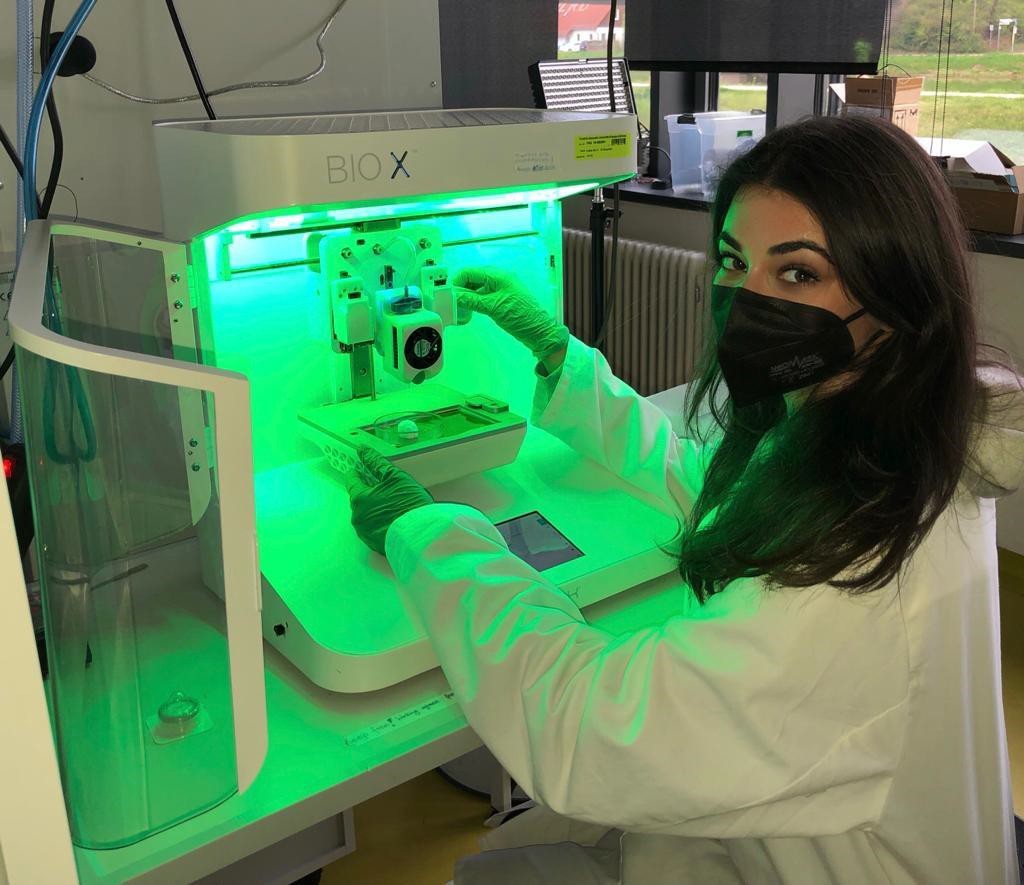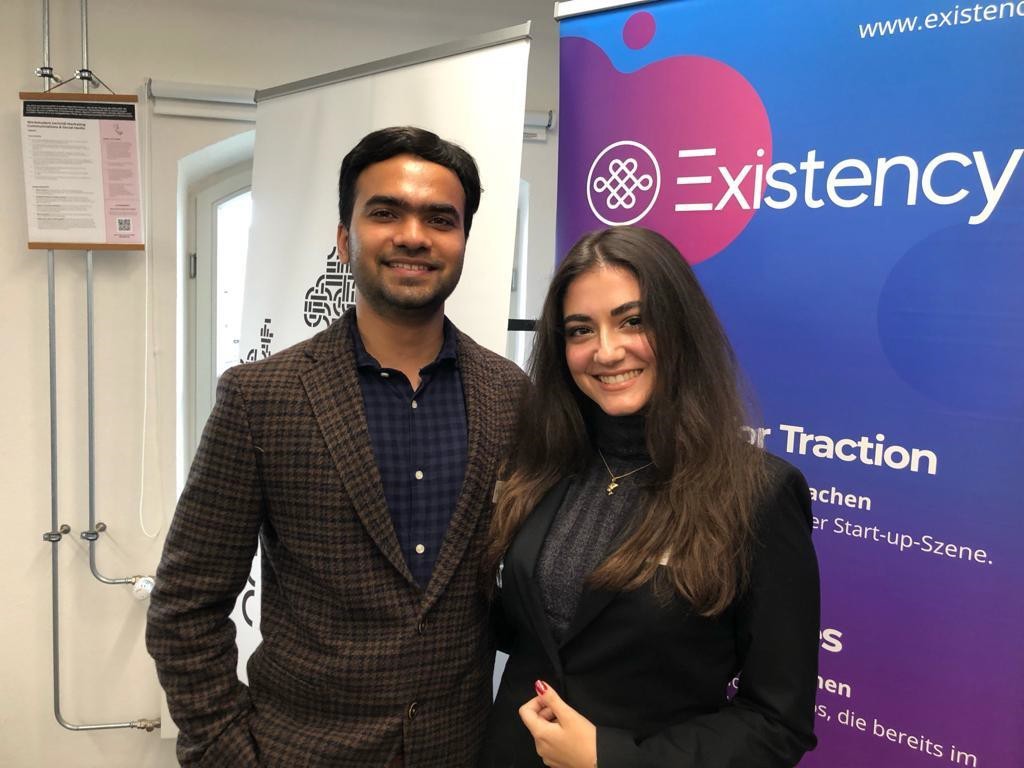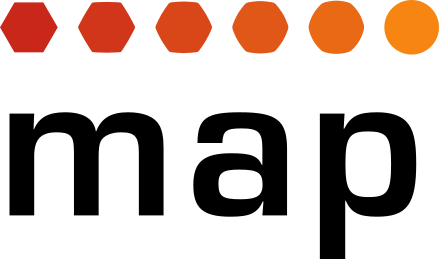Lara Đelević about her passion for MAP
Lara Đelević, MAP student of the matriculation group 2021, was asked to give an interview for one of Germany’s top newspapers. The MAP program publishes this interview in full length.
1. Please, tell me a little bit about you (where do you live/ age/ graduation/ working field)

My name is Lara Đelević. I am 23 years old and I have been studying in Germany since August 2018. I have graduated with a Bachelor’s degree in Chemistry as Major and Physics as Minor at Jacobs University Bremen.
Gordon Moore, co-founder of Intel, with Bachelor’s degree in Chemistry (Berkeley) and PhD in Chemistry (Caltech), who predicted that the number of transistors on a microchip doubles every two years (Moore’s Law), was my inspiration for entering in the field of materials research.
My Bachelor’s thesis in the field of electrochemistry, conducted at BASF over a period of six months, was focused on battery materials.
During my thesis, I had the good fortune of working with two supervisors, including Professor Dr. Mathias Winterhalter, who played a pivotal role in helping me discover my passion for this field. Professor Winterhalter continues to be a valuable support and guide in my academic journey.

At the moment, I am in the 2nd year of the Elite Master’s Program “Advanced Materials and Processes” (MAP) at FAU Erlangen-Nürnberg.
For the past 17 months, I have been working as a student research assistant at the Helmholtz Institute Erlangen-Nürnberg (HIERN) for Renewable Energy Production in the field of Membrane Manufacturing for the application in electrochemical energy conversion processes and for the past 3 months at the Institute of Particle Technology (LFG) Erlangen working on Image analysis-based approach to model the single-particle drying process of nanoparticle-inks for additive manufacturing.
Prior to that, I also worked for 7 months at Institute of Biomaterials at the Department of Materials Science and Engineering, investigating the properties of alginate-gelatin based composite hydrogel films as well as inks for 3D printed scaffolds for tissue engineering.
2. Why did you choose the MAP program? What are your professional plans related to it?
When I was deciding which German university to apply to for master’s studies after my undergraduate studies, my first choice was Friedrich-Alexander-Universität Erlangen- Nürnberg, due to the fact that Dr. Daniel Malko, supervisor of my Bachelor thesis at BASF, did his Master’s in Chemistry there, and his work and guidance greatly inspired me.
When I was contemplating which master’s program to pursue in materials science at FAU, I stumbled upon an article that greatly influenced my decision. The article titled “FAU Materials Scientists Ranked in the Top Ten Worldwide” (November 6, 2012) caught my attention and sparked my interest in the unique and interdisciplinary Elite Master’s Program “Advanced Materials and Processes” (MAP) at FAU’s School of Engineering. Attending this program has allowed me to gain comprehensive knowledge of innovative materials that will undoubtedly contribute to my humble involvement in groundbreaking research in the field of advanced materials such as newly developed functional materials, energy materials, battery materials, electronic materials, recycling materials, environmental and green materials and many more and help me into pursuing PhD studies later on.
One aspect of the program that has made it particularly exceptional is the quality of the office staff. Ms. Dorothea Herget, Ms. Sandra Schindler, and Ms. Dagmar Senft, who run the MAP office and have consistently demonstrated their dedication, support and encouragement for all of the students.
3. How does the program work? What are the key questions/ challenges?
The MAP program is distinctive in its approach to education, as it not only provides students with a comprehensive understanding of Advanced Materials and Processes but also offers them the opportunity to pursue their interests through a mandatory mini project and through the option of graduation with Additional Qualifications (elective course, additional soft skills, a second mini project and an internship). The first semester of the program focuses on fundamental subjects, ensuring that students have a solid foundation of knowledge before delving deeper into the curriculum.
Students can then choose two out of the four main focal areas to focus on, allowing them to specialize in the subjects that spark their interest the most. MAP covers two highly intertwined fields, Materials Science and Engineering (WW) and Chemical and Biological Engineering (CBI), which are the two main clusters of sustainable development. By creating new technologies for tomorrow’s industry, these fields play a critical role in advancing cutting-edge research. The connection between materials and processes is essential for research and innovation (R&I) in numerous areas, including electrical and electronic engineering, the sciences, and medicine.
4. Please, explain with more details the problem that you are working on: “We discovered that in radiotherapy for cancer, a problem frequently encountered is that of dose inaccuracy due to the movement of breast tissue.”

Two of my father’s aunts died due to breast cancer, one before I was born and the other at the beginning of the COVID-19 pandemic. They were the inspiration for the PhyMed Innovations (Physiology Medicine Innovations) Start-Up, which I started together with Akshat Sharma, an amazing colleague and friend from the MAP program.
Due to the movement of the soft tissue during the radiotherapy there is dosage mismatch and the current solutions rely on manually marking the position of the patient. Hence there is a need for a solution that positioned the breast accurately in the same place each time without interfering with the radiation dose. To understand the dosage and imaging modalities better we are now trying to develop a tissue equivalent phantom based on real patients CT scans for testing and optimization of the new therapies (including brachytherapy) that mimic the anatomy of the breast at Strahlenklinik Uniklinkum Erlangen, Germany. Our mini project is primarily cantered optimization around radiation therapy, with a specific emphasis on quality assurance for brachytherapy. Additionally, we are focused on the reconstruction of CT images into 3D models and the use of 3D printing with biomimetic materials. These areas represent the core objectives of our project.
PhyMed Innovations is our R&I voyage, “It is like a voyage of discovery into unknown lands, seeking not for new territory but for new knowledge”, to quote Frederick Sanger, Nobel Prize Laureate in Chemistry 1958 and 1980. “Modern science has been a voyage into the unknown … Many passengers would rather have stayed home”, said Carl Sagan. “Pale Blue Dot: A Vision of the Human Future in Space,” his book, was used by the first female director of NASA’s Goddard Space Flight Center during her swearing-in ceremony. I choose “voyage into the unknown”, not “stay home”.

